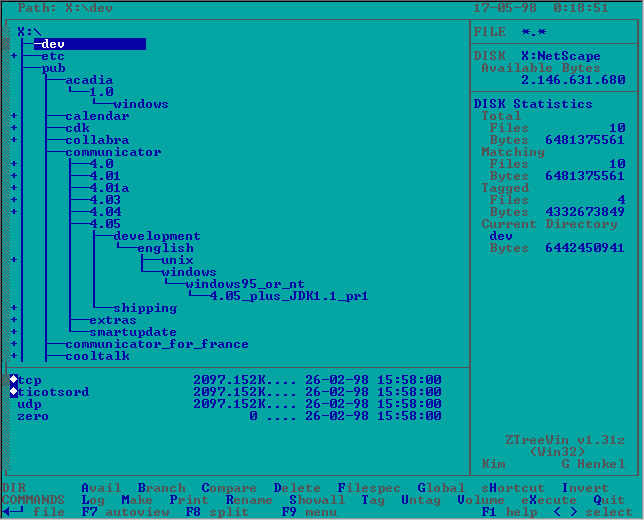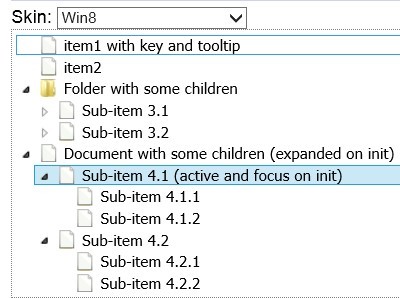
Finder can record files to optical media on the sidebar. When a volume icon is being dragged, the Trash icon in the Dock changes to an eject icon in order to indicate this functionality. There is a trash can on the Dock in OS X, to which files can be dragged to mark them for deletion, and to which drives can be dragged for ejection. Mounted external volumes and disk image files can be displayed on the desktop. The modern Finder displays some aspects of the file system outside its windows. The user can choose how to view files, with options such as large icons showing previews of files, a list with details such as date of last creation or modification, a "cover flow" view similar to iTunes, and a "column view" influenced by OS X's direct ancestor NeXTSTEP. The Quick Look feature allows users to quickly examine documents and images in more detail from the finder by pressing the space bar without opening them in a separate application. The modern Finder uses OS X graphics APIs to display previews of a range of files, such as images, applications and PDF files. There is a "favorites" sidebar of commonly used and important folders on the left of the Finder window. Like Safari, the Finder uses tabs to allow the user to view multiple folders these tabs can be pulled off the window to make them separate windows.

It uses a similar interface to Apple's Safari browser, where the user can click on a folder to move to it and move between locations using "back" and "forward" arrow buttons.

The Finder uses a view of the file system that is rendered using a desktop metaphor that is, the files and folders are represented as appropriate icons. In a tradition dating back to the classic Mac OS of the 1980s and 1990s, the Finder icon is the smiling screen of a computer, known as the Happy Mac logo. It had been rewritten completely with the release of Mac OS X in 2001.

It was introduced with the first Macintosh computer, and also exists as part of GS/OS on the Apple II GS. Described in its "About" window as "The Macintosh Desktop Experience", it is responsible for the launching of other applications, and for the overall user management of files, disks, and network volumes. The Finder is the default file manager and graphical user interface shell used on all Macintosh operating systems. macosx /what-is-macosx /dock-and-finder. Screenshot of an OS X Yosemite Finder window, displaying files in Cover Flow view.ġ0.11 / September 30, 2015 6 years ago ( )


 0 kommentar(er)
0 kommentar(er)
